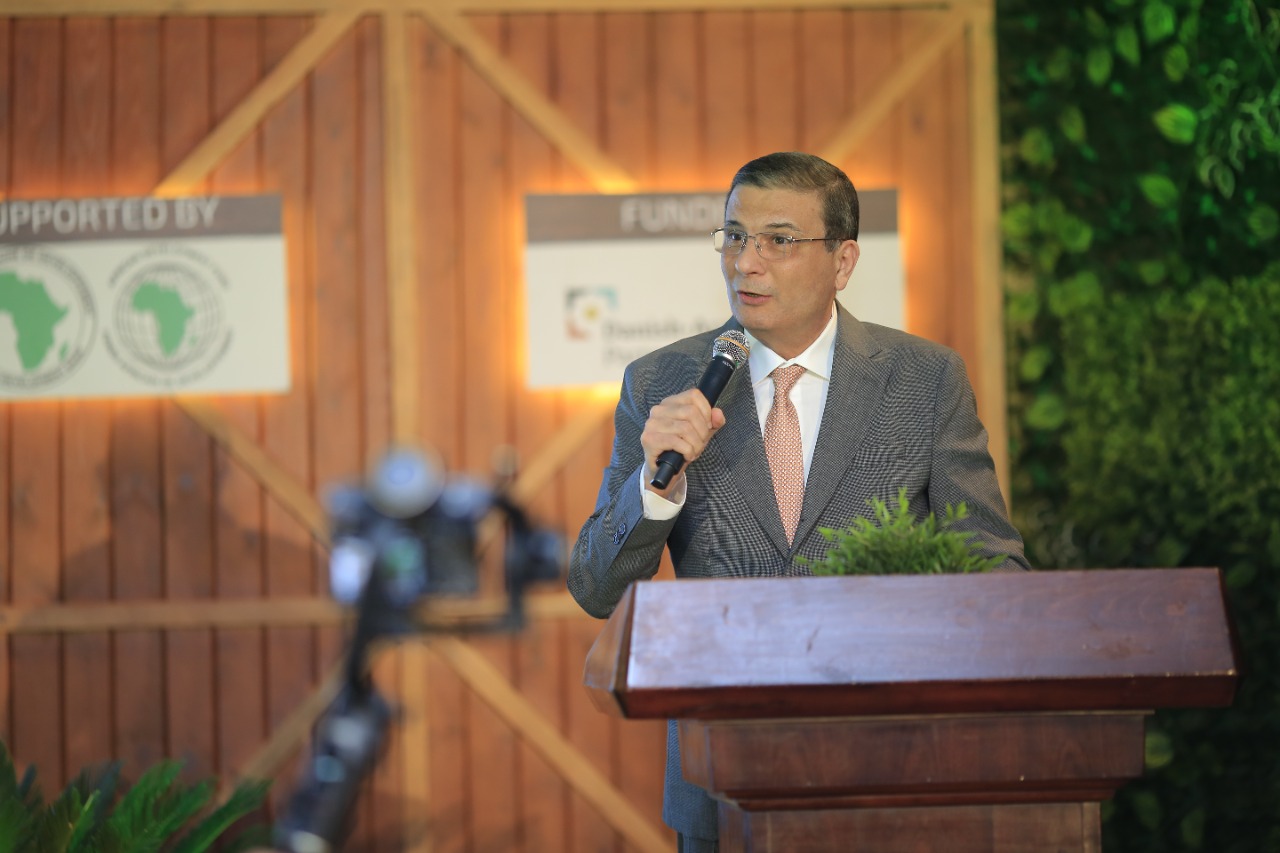ABU DHABI: The United Arab Emirates is not worried about the dollar’s weakness given low inflation, and is not considering de-pegging its dirham from the greenback, a senior central bank official said on Monday.
The dollar’s slide had caused concern among oil producers as it pushes down the value of their dollar-denominated oil revenues while the price of their commodity imports, such as grains, have been increasing, pushing inflation up.
"At this moment and this time we’re not considering that (de-pegging)," Seif al-Shamsi, executive director for the treasury department at the UAE Central Bank, told reporters.
"The reasons that we have are that oil is priced with the dollar … and more than 50 percent of our trade partners are dollar-related. At the present time we don’t see this (de-pegging) especially as there is no inflation," he said.
Shamsi’s comments echo recent remarks by Kuwait as well as the head of the Gulf Cooperation Council, that the drop in the dollar is unlikely to lead the bloc’s members to rethink their pegs.
With Gulf economies recovering from the 2009 downturn, inflation is on the rise across the world’s top oil exporting region, especially in Saudi Arabia and Kuwait.
Analysts have said further weakening of the dollar, which hit an 11-month low against a basket of currencies last week, will put upward pressure on prices in oil producers.
Inflation in the UAE, the second-largest Arab economy and the world’s third biggest oil exporter, edged to a 16-month high of 1.2 percent in September, still way below a record high of 12.3 percent in 2008, when de-pegging speculation last flared up.
Weak lending
Shamsi said he was still concerned about levels of interbank offered rates, and while the situation has improved he expects them to edge lower.
"We’re still concerned, we like banks to bring their rate lower because the situation of liquidity has improved," he said on the sidelines of a banking conference. "We have seen it (3-month EIBOR rates) is improving now … and we’re expecting a further downturn."
UAE interbank rates have stayed high over past months, sparking criticism from the central bank, with banks exposed to Dubai debt, but debt restructuring and a flood of dollar liquidity on global markets have helped to ease pressure.
The UAE three-month offered rates stood at 2.14750 percent at the central bank’s fixing on Monday, unchanged from Sunday, near its lowest levels since mid-February but still above the Saudi benchmark at 0.74875 percent.
Shamsi also said that bank lending in the OPEC member country had decreased despite a rise in deposits with banks not using the central bank’s liquidity support facility and there was a need to improve liquidity regulations.
"Banks are not lending, they are keeping their liquidity," he said. "We think this is a low percentage and banks, when confidence is regained … will start lending again."
Weak lending since the double blow of the global credit crunch and Dubai debt woes is one of the main factors expected to hold back the UAE’s economic growth this year, forecast to be the slowest in the Gulf at 2.4 percent.
In the run-up to the crisis, UAE banks’ credit portfolios were growing at rates upwards of 34 percent a year. In June this year, claims on the private sector fell 3.2 percent year-on-year, according to central bank data.



